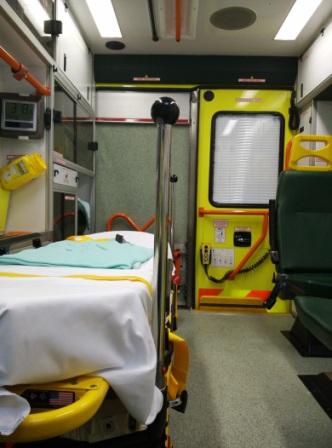
Abstract
Contamination of emergency medical vehicles with pathogenic microbes poses a potential threat to public health considering the many millions of ambulance responses that are made globally each year. This risk of infection is to the patients, to their companions who may travel with them, and to the paramedic first responders whose work involves pre- or inter-hospital transfer. This applies particularly to contamination by those infectious disease-causing microbes for which the threat is heightened because of their recognized resistance to leading antimicrobial agents. Determining the risks should facilitate the advancement of best practices to enhance infection control of routine outbreaks and during a major emergency such as a disease pandemic or a bioterrorism event. This may merit the introduction of amended guidelines for ambulance cleaning and disinfection to achieve more effective pre-hospital infection control among the worldwide community of emergency service providers.
1. Introduction
The emergency services work force, comprising paramedics, police, firefighters, and specialized rescue and response teams, carry out duties on a daily basis that are essential to individual safety and well-being and to the operational functioning of their local community. Beyond these regular, routine activities, emergency medical services also administer life-saving assistance following a critical incident. Against this background, of serious concern is amassing evidence from research case studies to suggest that emergency medical vehicles can act as carriers (so-called vectors) of pathogenic microorganisms, or microbes, thereby promoting human infectious disease transmission [1]. In order to reduce this identified risk, an extensive screening process for pathogens should be performed. Implementation of new or revised policies and procedures would help to safeguard against emergency services crew, equipment and vehicles being inadvertent infectious disease vectors, and so exacerbating the already profound health risks associated with pandemics, natural disasters and bioterrorism.
Read more...







